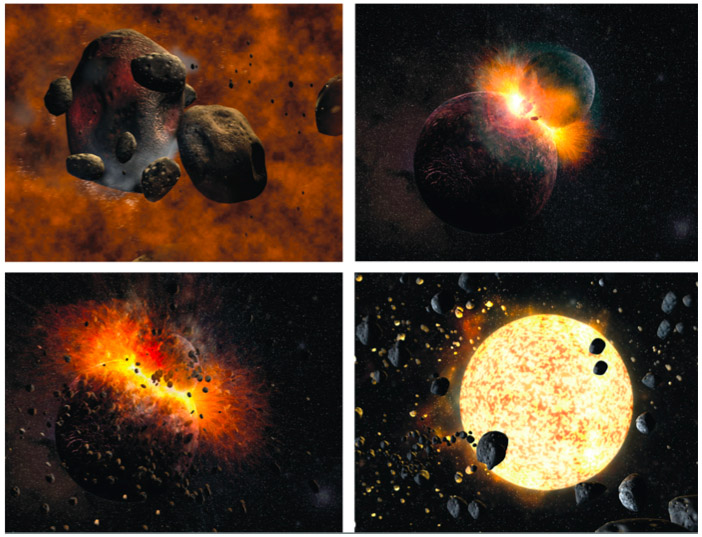Difference between revisions of "February 1, 2013"
| Line 1: | Line 1: | ||
__NOTOC__ | __NOTOC__ | ||
=Winning Moon= | =Winning Moon= | ||
| − | |||
<!-- ws:start:WikiTextHeadingRule:0:<h1> --> | <!-- ws:start:WikiTextHeadingRule:0:<h1> --> | ||
<!-- ws:start:WikiTextLocalImageRule:6:<img src="/file/view/LPOD-Feb1-13.jpg/403228482/LPOD-Feb1-13.jpg" alt="" title="" /> -->[[File:LPOD-Feb1-13.jpg|LPOD-Feb1-13.jpg]]<!-- ws:end:WikiTextLocalImageRule:6 --><br /> | <!-- ws:start:WikiTextLocalImageRule:6:<img src="/file/view/LPOD-Feb1-13.jpg/403228482/LPOD-Feb1-13.jpg" alt="" title="" /> -->[[File:LPOD-Feb1-13.jpg|LPOD-Feb1-13.jpg]]<!-- ws:end:WikiTextLocalImageRule:6 --><br /> | ||
| − | <em>Selene image from [http://www.sciencemag.org/content/339/6119/516.full Science Magazine]</em><br /> | + | <em>Selene image from [http://www.sciencemag.org/content/339/6119/516.full" rel="nofollow Science Magazine]</em><br /> |
<br /> | <br /> | ||
| − | Big [http://www.space.com/19573-moon-formation-online-game.html news] [http://news.yahoo.com/build-own-moon-online-lunar-game-nabs-honors-191537983.html today]. The National Science Foundation and <em>[http://www.sciencemag.org/site/special/vis2012/ Science]</em> magazine announced the winners of their annual science visualization contest. <em>Selene</em>, an educational videogame that players use to build their own moon, tied for highest honors in the [http://www.sciencemag.org/content/339/6119/509.full Games and Apps] category. Selene was created by Debbie Reese and our team at Wheeling Jesuit University. <em>Selene</em> is based on my understanding of the way in which the Moon formed by accretion, and was modified by impact cratering and volcanism. Players learn by their own experience that accretion may lead to a moon like we have, a dead moon too cold for volcanism, or perhaps one that was blasted apart while forming. Successful players realize that impact cratering was not constant through lunar history, nor was volcanism. <em>Selene</em> also encourages players to tie their virtual experiences with eyeball observations of the actual Moon. <em>Selene</em> is a research game and only available for grades 5-12 students to play (in English or Spanish) as part of the WJU research program. If you know a teacher who would like to have their students engage in this visceral learning experience have them visit the <em>Selene</em> [http://selene.cet.edu website].<br /> | + | Big [http://www.space.com/19573-moon-formation-online-game.html" rel="nofollow news] [http://news.yahoo.com/build-own-moon-online-lunar-game-nabs-honors-191537983.html" rel="nofollow today]. The National Science Foundation and <em>[http://www.sciencemag.org/site/special/vis2012/" rel="nofollow Science]</em> magazine announced the winners of their annual science visualization contest. <em>Selene</em>, an educational videogame that players use to build their own moon, tied for highest honors in the [http://www.sciencemag.org/content/339/6119/509.full" rel="nofollow Games and Apps] category. Selene was created by Debbie Reese and our team at Wheeling Jesuit University. <em>Selene</em> is based on my understanding of the way in which the Moon formed by accretion, and was modified by impact cratering and volcanism. Players learn by their own experience that accretion may lead to a moon like we have, a dead moon too cold for volcanism, or perhaps one that was blasted apart while forming. Successful players realize that impact cratering was not constant through lunar history, nor was volcanism. <em>Selene</em> also encourages players to tie their virtual experiences with eyeball observations of the actual Moon. <em>Selene</em> is a research game and only available for grades 5-12 students to play (in English or Spanish) as part of the WJU research program. If you know a teacher who would like to have their students engage in this visceral learning experience have them visit the <em>Selene</em> [http://selene.cet.edu" rel="nofollow website].<br /> |
<br /> | <br /> | ||
| − | <em>[mailto:tychocrater@yahoo.com Chuck Wood]</em><br /> | + | <em>[mailto:tychocrater@yahoo.com" rel="nofollow Chuck Wood]</em><br /> |
<br /> | <br /> | ||
<strong>Technical Details</strong><br /> | <strong>Technical Details</strong><br /> | ||
| − | There is other, bigger news today - the abstracts for the Lunar & Planetary Science Conference in March have been [http://www.lpi.usra.edu/meetings/lpsc2013/programAbstracts/view/ released].<br /> | + | There is other, bigger news today - the abstracts for the Lunar & Planetary Science Conference in March have been [http://www.lpi.usra.edu/meetings/lpsc2013/programAbstracts/view/" rel="nofollow released].<br /> |
<br /> | <br /> | ||
<hr /> | <hr /> | ||
Revision as of 22:41, 4 January 2015
Winning Moon

Selene image from " rel="nofollow Science Magazine
Big " rel="nofollow news " rel="nofollow today. The National Science Foundation and " rel="nofollow Science magazine announced the winners of their annual science visualization contest. Selene, an educational videogame that players use to build their own moon, tied for highest honors in the " rel="nofollow Games and Apps category. Selene was created by Debbie Reese and our team at Wheeling Jesuit University. Selene is based on my understanding of the way in which the Moon formed by accretion, and was modified by impact cratering and volcanism. Players learn by their own experience that accretion may lead to a moon like we have, a dead moon too cold for volcanism, or perhaps one that was blasted apart while forming. Successful players realize that impact cratering was not constant through lunar history, nor was volcanism. Selene also encourages players to tie their virtual experiences with eyeball observations of the actual Moon. Selene is a research game and only available for grades 5-12 students to play (in English or Spanish) as part of the WJU research program. If you know a teacher who would like to have their students engage in this visceral learning experience have them visit the Selene " rel="nofollow website.
" rel="nofollow Chuck Wood
Technical Details
There is other, bigger news today - the abstracts for the Lunar & Planetary Science Conference in March have been " rel="nofollow released.



